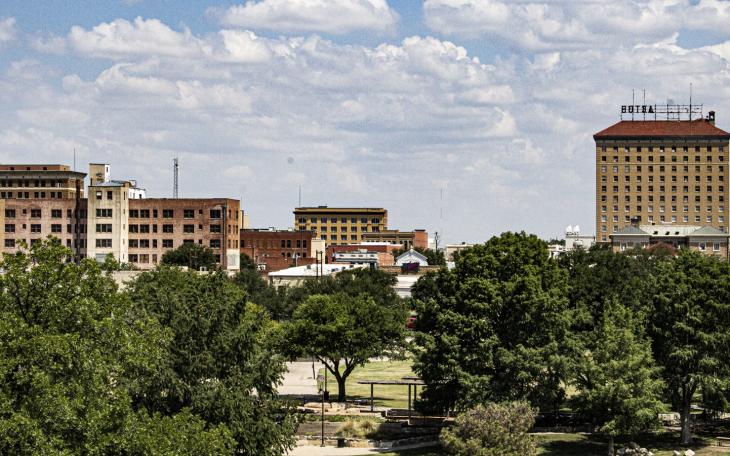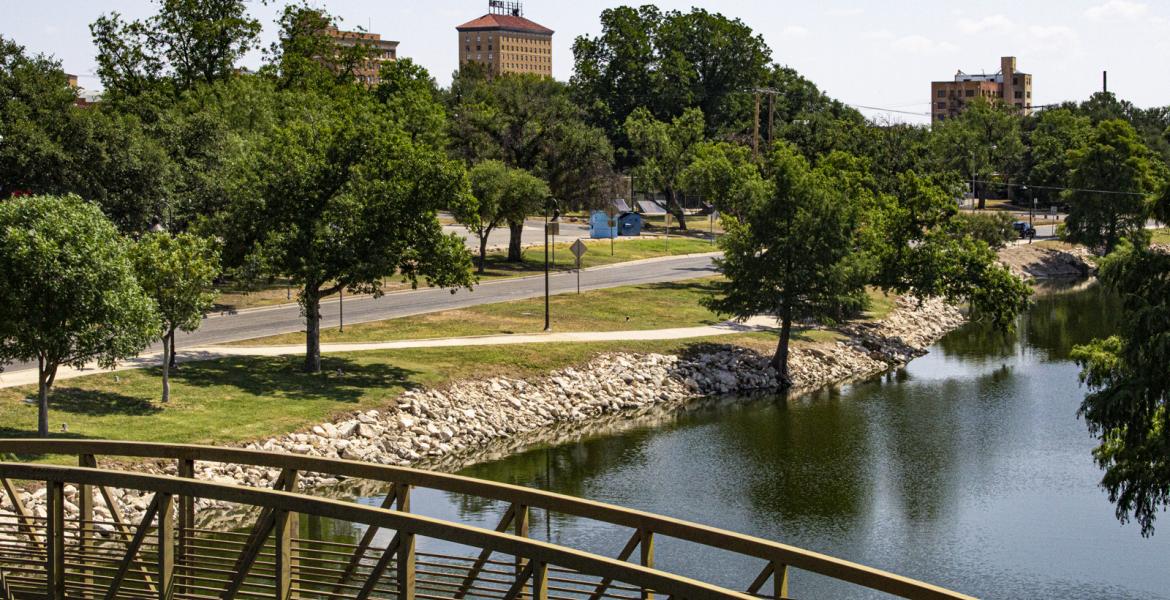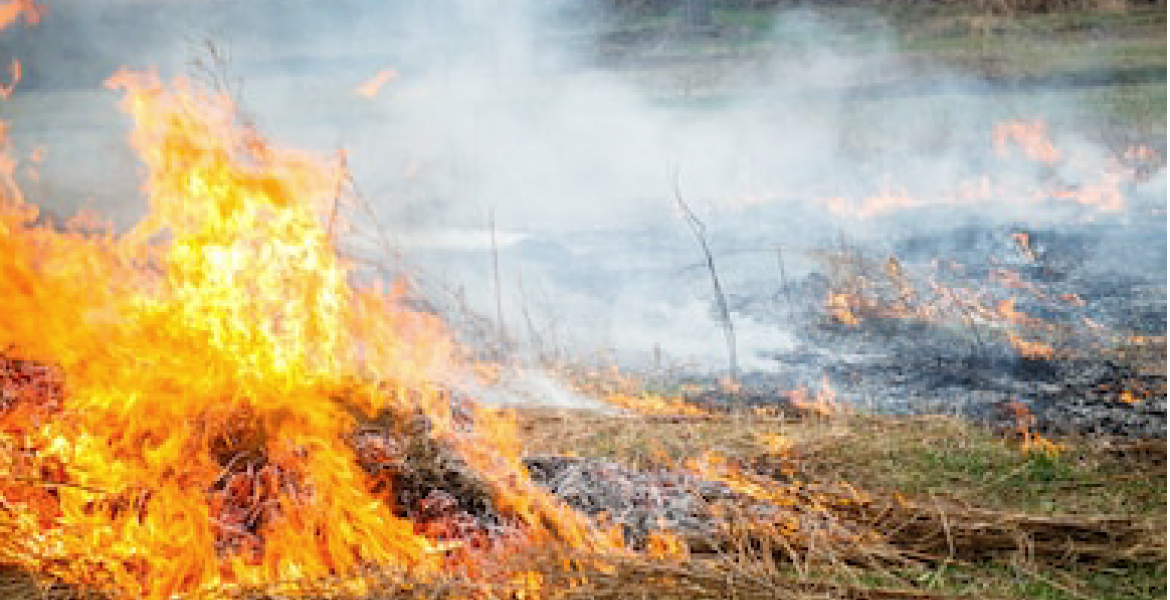SAN ANGELO, TX -- (Press Release) That hazy dusty sky in San Angelo Monday came from Africa, specifically, the Sahara Desert.
Dust from the Sahara Desert spread into Texas on Saturday after traveling more than 5,000 miles from Africa across the Atlantic, Caribbean and Gulf of Mexico.
If you've lived in San Angelo long enough, you've seen dust roll in from the northwest; some folks call that Lubbock coming to San Angelo.
Visible satellite imagery from Saturday presented a clear view of the dust plume lofted above coastal Texas and the adjacent western Gulf of Mexico. You can see this in the milky or hazy area labeled on the left side of the satellite image.
Residents of Central Texas reported the dust brought hazy skies to the region on Saturday.
Believe it or not, the haze and heat that travels all the way across the Atlantic Ocean, the Caribbean, and the Gulf of Mexico into Texas can actually stop hurricanes.
A before-and-after comparison from a Weather Underground webcam available on the Weather Channel website shows the noticeable change to the sky in Victoria, Texas, from Wednesday to Saturday.
Saharan dust tracks as far west as the Caribbean Sea and the Gulf of Mexico multiple times each year.
Known as the Saharan air layer (SAL), this dry, dusty air mass pushes westward off Africa into the tropical Atlantic Ocean about every three to five days from late spring through early fall.
The SAL is typically located 5,000 to 20,000 feet above Earth's surface and is transported westward by bursts of strong winds that are located in the central and western Atlantic at altitudes between 6,500 and 14,500 feet.
The dust particles can contribute to hazy skies and rather photogenic sunrises and sunsets in the Caribbean islands and near the Gulf Coast.
Sometimes the dust can squelch thunderstorm chances for a particular day.
Dry air from the SAL can also stunt the development of tropical storms by creating sinking air (downdrafts) around the system, which can result in weakening. Strong winds associated with the SAL can also lead to an increase in vertical wind shear, hindering tropical development.
NASA says the dust can also lead to the creation of toxic algal blooms in the Gulf of Mexico.
We'll have more on the drought conditions in the Concho Valley as they continue to worsen.
Subscribe to the LIVE! Daily
Required






Post a comment to this article here: